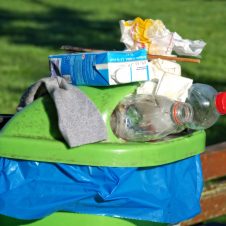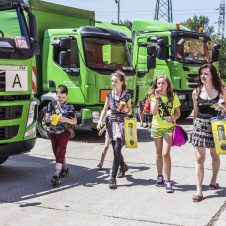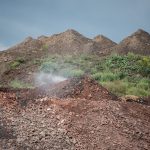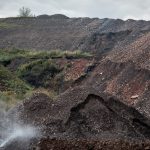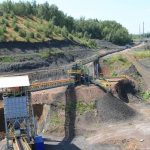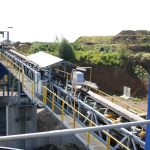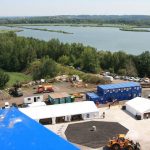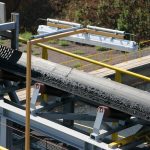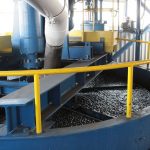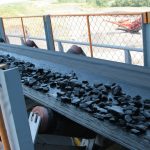Subcategory
Projects
-
Biomass as an alternative in the energy system
-
Boiler for combustion of moist chips
-
Bio bins
-
Braille signageted waste containers
-
Colour-coded recycling bags
-
Clearance of the Heřmanice slag-heap
-
Cleanup of the Ostramo lagoons
Biomass as an alternative in the energy system

As part of its efforts to reduce energy consumption and CO2 emissions, Ostrava’s zoo has built a boiler system burning biomass (woodchips) as part of its dendrology complex. The zoo covers a large area, and is a permanent source of wood-based biomass. The zoo uses a chipper, loader and tractor to harvest and process the biomass before burning.

- Place
- VŠB - Technical University of Ostrava
- Website
- http://www.zlepsisitechniku.cz/kategorie/technicke-vychytavky/
Boiler for combustion of moist chips

The maintenance of greenery, trimming trees or cutting down a forest produces large amounts of waste. However, branches can be pulverized into the so called chips. This material can be used for heating in the boiler, but because it contains a lot of water, its drying consumes large amounts of energy. Thus, the efficiency is very small, the combustion efficiency in a conventional boiler reaches barely 40 %.
The university team has found a way to heat with wet chips with significantly higher efficiency of almost 100 %. They put together a model of the boiler, whose essential part is the condensing heat exchanger. The boiler uses the condensation heat of the steam contained in the flue gas and at the same time, it meets the required legislative limits. The total size of the boiler is not much larger than that of standard boilers of a similar performance, its design allows for variable installation. The device is also suitable for use in two-circuit heating systems, e.g. floor and radiator heating.
However, wet chips are not very suitable quality fuel, it does not have a high calorific value. The price of fuel biomass is still growing and it can be expected that the pressure on the use of waste biomass, i.e. also wet chips, will increase. Especially in large agricultural operations, gardening companies, or in technical services of cities this type of combustion is worthwhile. Chips can be obtained from many different types of biological waste. Therefore, piles of leaves from beets do not have to lie waste, and at the start of the heating period, they may be used as fuel in the fresh state. Although the acquisition price of the boiler is about a third higher than the price of a standard boiler, the operating costs will soon return by using fuel “for free”. Moreover, places with the animal breeding and production are heated all year round. We do not need to wait for the winter.
The university team had the new boiler patented and they are currently cooperating with a network of manufacturers of heating equipment. Because it is unique in the European context, they are considering the sale of licenses abroad.
Energy Research Centre, VŠB-TUO
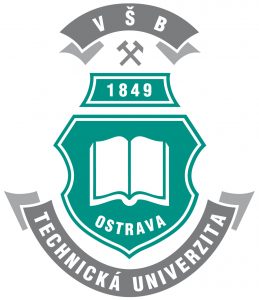
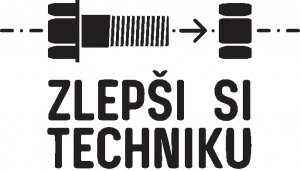
Bio bins

The most significant change in recent years has been the introduction of a new service for citizens – the provision of 240-litre bins for garden waste (free of charge), including regular collections. The aim of this step is to reduce the volume of recoverable biodegradable waste in the mixed household waste that is deposited as landfill. The garden waste is used to make high-quality compost which is sold (at cost price) to citizens via the City’s network of recycling centres or at the composting centre.
Braille signageted waste containers

In 2016 a total of 18 recyclable waste collection points were marked with pictograms and Braille signage in order to help blind and visually impaired citizens sort their waste and dispose of it correctly.
Colour-coded recycling bags

In June 2012, 130 000 households in Ostrava all received free of charge a set of three colour-coded waste recycling bags. This was a new initiative spearheaded by the City’s waste management company OZO Ostrava, which was unique in the Czech Republic at the time.
Clearance of the Heřmanice slag-heap

The Hermanice slag-heap is the largest slag-heap complex in the Ostrava region and represents one of its main environmental burdens. It is a dump site for mining waste that was created at a time when technology did not yet allow coal to be completely separated from the waste rock with which it was mined. The slag-heap thus contains not only rock, but also remnants of coal; this material characteristically burns under the surface with low levels of oxygen present, releasing harmful pollutants into the atmosphere. The only way of dealing with this problem permanently is to completely clear the slag-heap and to separate the coal from the rock.
This process is currently in its pilot phase; full operations will be launched next year, and the slag-heap will be completely cleared within 10 years. At full capacity the equipment can sort up to 350 t of rock/coal per hour. A wet process is used, ensuring that the burning material will be completely extinguished. The sorted materials can be used in construction and energy production; the rocks will also be used in modelling the terrain at the site.
This unique sorting operation will bring up to 100 jobs. 80 people are currently employed in the pilot phase; full-capacity operations will require 30 employees (plus dozens more at auxiliary operations and services).
Cleanup of the Ostramo lagoons

The oil lagoons at the site of the former Ostramo chemical plant are one of the Czech Republic’s most serious ecological burdens. Around 200 000 tonnes of oil sludge were dumped there by an oil refinery that operated at the site from the late 19th century to the end of the 20th century. In 1965 the Ostramo company also began dumping waste from the recycling of used lubricants. The company was closed down in 1996, and in the same year the Czech government took over the site in order to clean up the waste; the state-owned company DIAMO was entrusted with this job.
The site has three lagoons separated from each other by earth embankments, plus one lagoon in a pit at a former brickworks. The site also includes around 18 hectares of industrial premises owned by a private company.
The City of Ostrava regularly urges the Ministry of the Environment, the Czech government and the Prime Minister to comply with the agreed schedule for the cleanup of the lagoons – and to carry out the work in such a way as to minimize the negative impacts on local people’s health and quality of life.
Part of the lagoons has already been cleared. However, 100 000 tonnes of oil materials and 400 000 tonnes of contaminated soil still remain to be cleared.
The City and the Region insist on a permanent solution which will not lead to recurring problems in the future, ensuring that the site can be repurposed as an industrial zone or a similar facility.
Fact sheets
Municipal waste

In 2016 Ostrava’s citizens produced almost 103 000 tonnes of municipal waste. The long-term trend is for a steady decrease in annual levels of municipal waste production, and the quantity of waste separated out for recycling continues to rise.
Municipal waste

An increase of 3 946 tonnes in municipal waste production compared with the previous year. This increase is due to an increasingly effective waste collection system and the more precise recording of municipal waste.
Municipal waste

The number of recycling centres in Ostrava.
Recyclable waste

The total amount of waste collected in Ostrava during 2016 that was recycled (material recycling or energy generation).
Recyclable waste
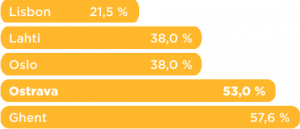
The amount of waste used for material recycling in 2015 in comparison with other candidate cities for European Green Capital 2019. A very good result for Ostrava.
Recyclable waste
![]()
The number of households in Ostrava that received a set of three colour-coded waste recycling bags in 2012.
Recyclable waste

In 2016 a total of 18 recyclable waste collection points were marked with pictograms and Braille signage in order to help blind and visually impaired citizens sort their waste and dispose of it correctly.
Garden waste

Waste from parks/gardens as a percentage of total municipal waste. In 2016 a total 11 316 t of garden waste was collected. The waste is processed in a composting plant (opened in 2009).
Garden waste

Year-on-year growth in the number of BIO BINS in 2016. These bins are used for collecting garden waste; since 2016 all households with gardens in Ostrava can use this collection service free of charge.




